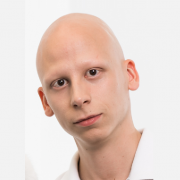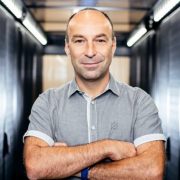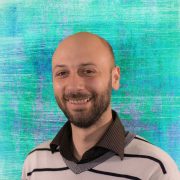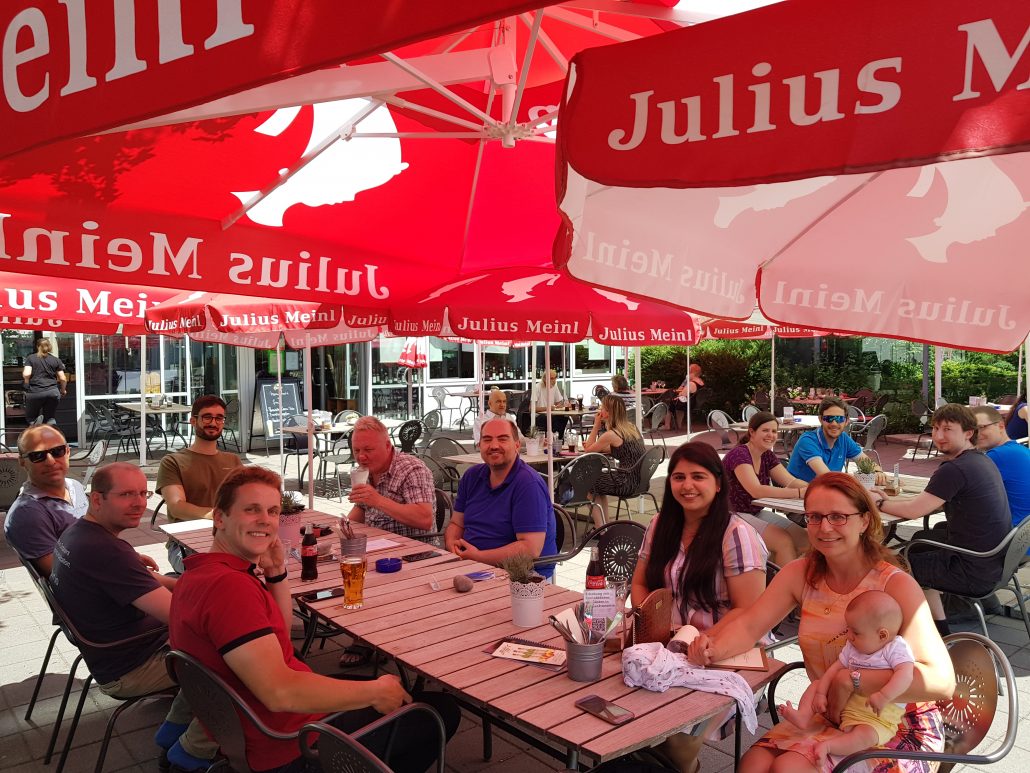ViSNext’21: 1st ACM CoNEXT Workshop on Design, Deployment, and Evaluation of Network-assisted Video Streaming
In recent years, we have witnessed phenomenal growth in live video traffic over the Internet, accelerated by the rise of novel video streaming technologies, advancements in networking paradigms, and our ability to generate, process, and display videos on heterogeneous devices. Regarding the existing constraints and limitations in different components on the video delivery path from the origin server to clients, the network plays an essential role in boosting the perceived Quality of Experience (QoE) by clients. The ViSNext workshop aims to bring together researchers and developers working on all aspects of video streaming, in particular network-assisted concepts backed up by experimental evidence. Read more about the workshop, call for papers at ViSNext2021 and registration here.














